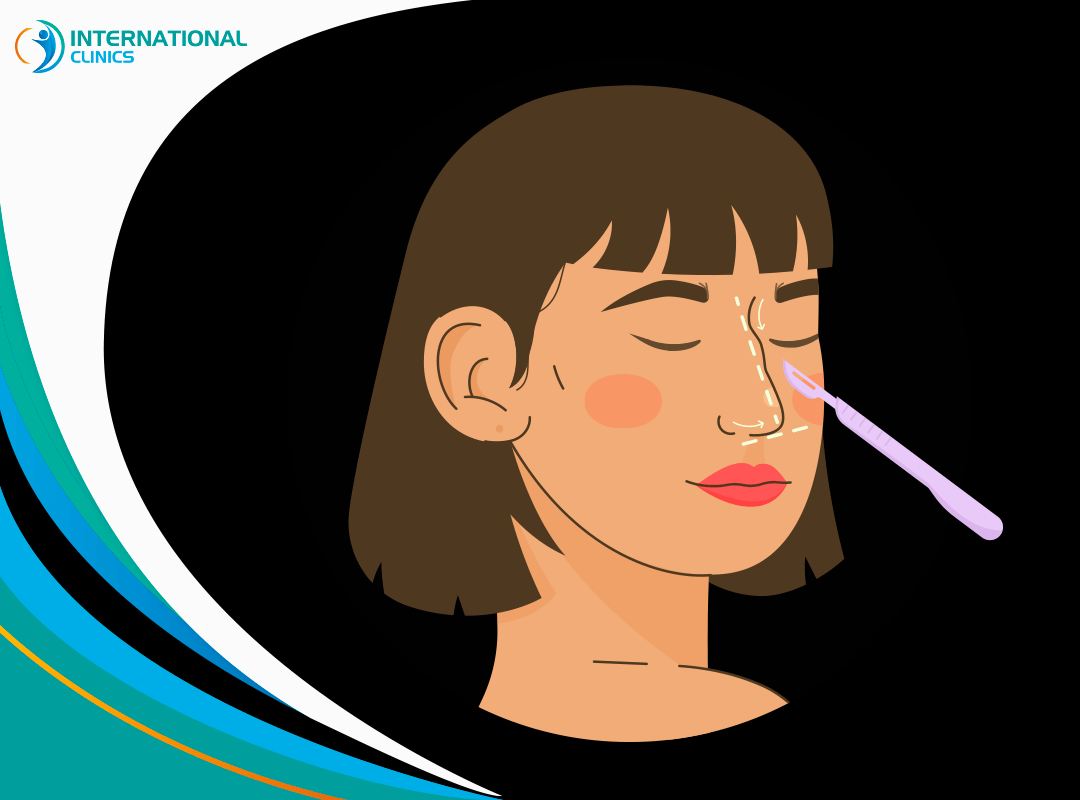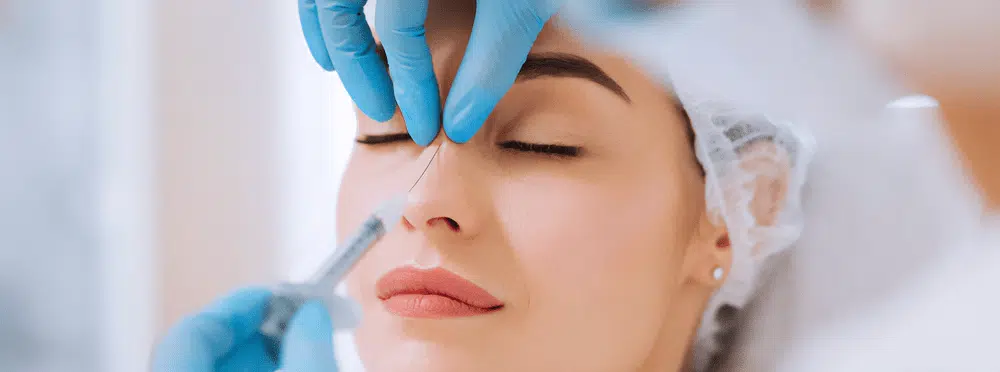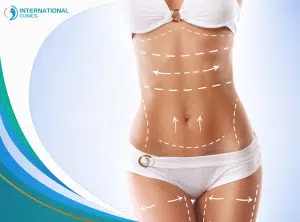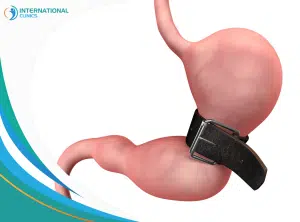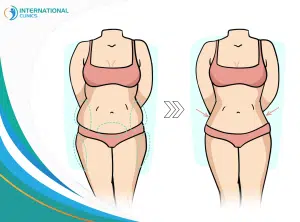No two noses are alike, especially among Asian patients. This is why rhinoplasty or nose job procedures must be tailored to each patient’s individual needs. The Asian nose job is emerging as one of the most performed procedures in East Asia because it can modify the unique anatomical features of these patients.
As many studies have indicated, rhinoplasty goals in Asians are different from those in whites due to anatomic differences. In the past, rhinoplasty surgeons attempted to simplify Asian rhinoplasty by focusing on standard features like a wide or flat nose.
However, this oversimplification fails to take into account the diversity and complexity of Asian facial features, which leads to unnatural or inappropriate results.
Today, Asian rhinoplasty has become a preferred choice not only for Asian patients but also for patients from other ethnicities who have Asian-looking noses and seek aesthetic improvements. After all, Asians usually need nose augmentation to enhance the structural support of the bridge and tip.
What Is an Asian Nose Job?

Asian nose job or rhinoplasty reshapes the nose and creates harmony with other distinctive facial features commonly found in Asian ethnicities, often by using injections. This type of rhinoplasty in Turkey typically addresses issues such as an undefined nasal bridge and dissatisfaction with the shape and size of the nostrils.
With Asian rhinoplasty, the goal is to achieve a beautiful and natural-looking nose that harmonizes with the patient’s features rather than imposing a Caucasian nose onto an Asian face.
The unique techniques used in Asian rhinoplasty may involve nasal bridge augmentation, refinement of the upper nose shape, or nose-bridge augmentation surgery. These techniques can help enhance the contours of the nose around the eye or upper cheek area, as well as around the nose bridge or inner upper cheek.
Additionally, Asian rhinoplasty surgeons can adjust the shape of the nose tip or nostrils according to the patient’s preferences. They rely on a different approach to create a natural and aesthetically pleasing appearance that complements the Asian unique facial features.
When it comes to nose augmentation, injections may seem like a quick fix but can have drawbacks such as short-term results and the risk of vascular problems. In Asia, synthetic nasal implants are commonly used and can yield satisfactory results, but they also come with their own set of potential risks.
For those who have a flat nose, a nasal implant can be added to provide more definition and balance to the face. Meanwhile, for those with a bulbous nose, the shape of the nose can be adjusted to better suit other facial features.
According to a study, silicone implant augmentation rhinoplasty is the most commonly used technique in Asians. In the past, artificial implants like Silicone were popular because of their ease of use. The use of these synthetic implants allows for quick surgeries without the need for tailored or harvested grafts.
Benefits of Asian Nose Job
The aim of the procedure is to create a balanced, symmetrical, and proportionate nose that respects the patient’s unique cultural identity. Experienced Asian rhinoplasty surgeons understand these aspects and can create a personalized treatment plan that considers the patient’s facial anatomy, goals, and expectations.
Asian rhinoplasty is a personalized procedure that aims to enhance the bridge, nasal canal, and tip of the nose to create a harmonious look with the rest of the face.
Not only is it a popular plastic surgery in Turkey, but it can also improve the quality of life for those who have functional issues like a deviated septum, resulting in better breathing. Other benefits include:
- Create a more prominent look by increasing the nose projection
- Straighten the nose profile and provide balance and symmetry by enhancing the structure of the nasal dorsum
- Refine the nasal tip and narrow or enhance the volume of the nasal bridge
- Change the shape of the nostrils to create better harmony with the rest of the face
- Boost confidence and satisfaction with the new nose shape
- Improving breathing function
Candidates for Asian Nose Job
This type of rhinoplasty can help Asian women and men who are dissatisfied with the appearance of their noses or have experienced nasal trauma. In addition, those who seek to balance their appearance while preserving their cultural identity are typically suitable candidates for the procedure. If Asian rhinoplasty doesn’t fit your needs, you can consider nonsurgical alternatives, such as liquid rhinoplasty. In any case, suitable candidates for Asian nose job include:
- People in good physical health
- Those who don’t smoke
- Those with realistic expectations
- People with frustration about the shape of their nose
Asian Nose Job Before and After
After an Asian nose job, the appearance of the nose can vary depending on the specific goals of the surgery and the individual’s facial features. However, people often report satisfactory results. Below are some before and after images of the procedure:
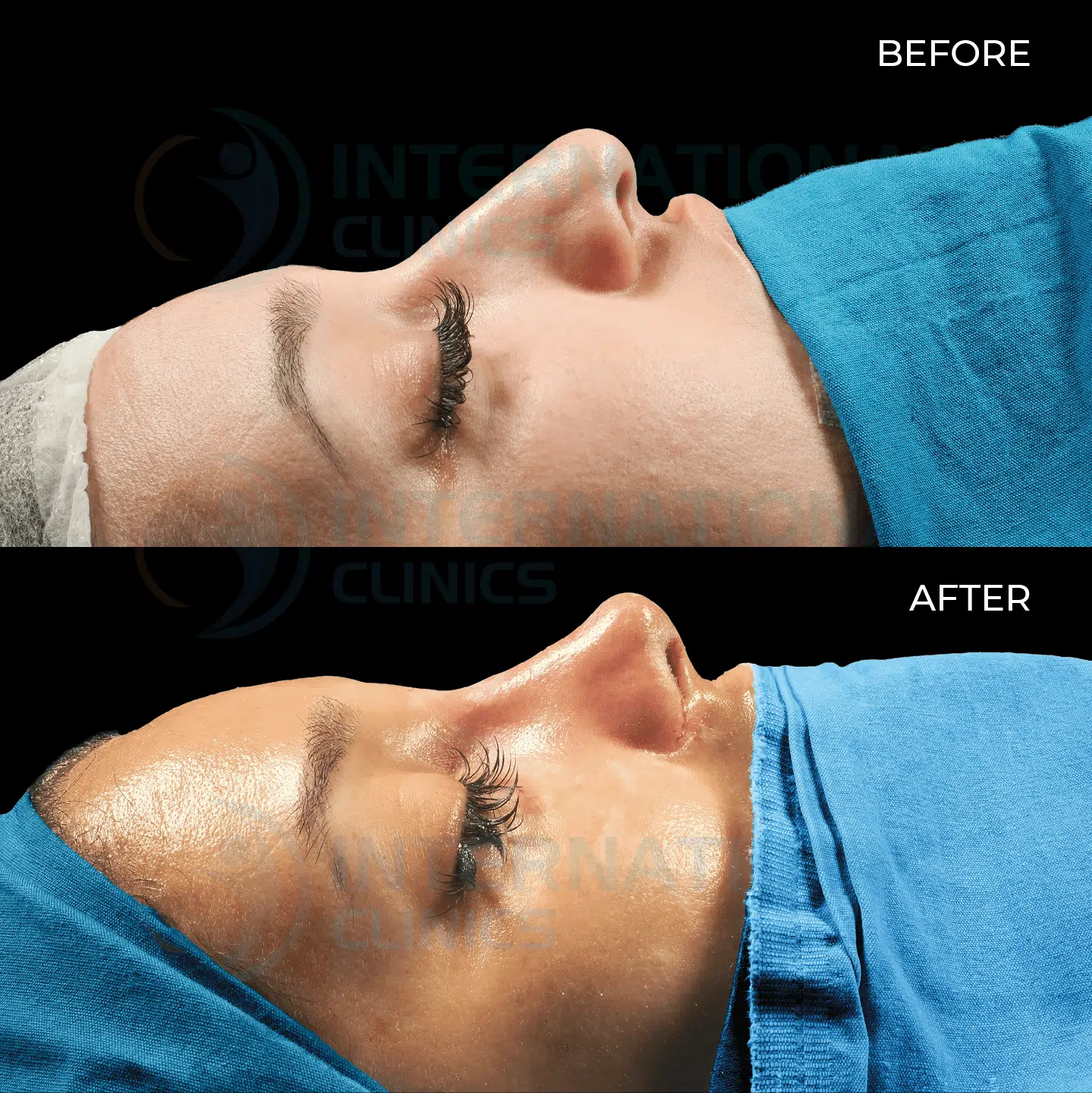
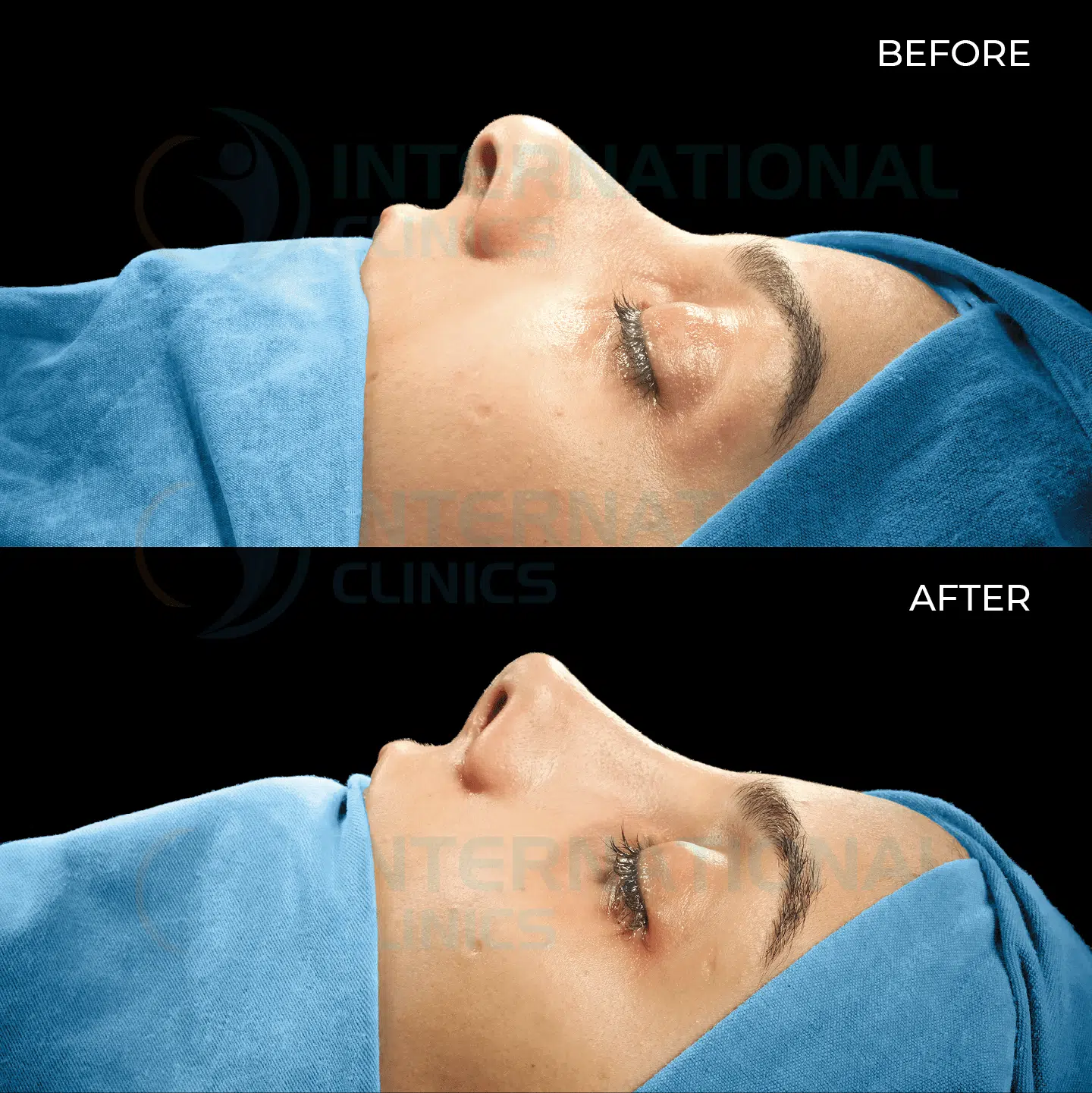
Asian Rhinoplasty Recovery
After the surgery, you will get back to your home with a nasal splint, which will be removed after one week. All sutures are dissolvable, but you will need to avoid getting your splint wet during the first week. Swelling and bruising will subside after two to three days, and full recovery will take up to a year.
Asian rhinoplasty healing process may take slightly longer than traditional nose surgery performed on Caucasians. The reason is that the thick nasal skin that is a common feature of many ethnic groups can lead to more swelling after the procedure. Despite this, most patients can resume their daily routine within 1-2 weeks after their Asian rhinoplasty surgery.
It’s important to follow your surgeon’s post-operative instructions carefully to ensure optimal healing and achieve the desired results from the Asian rhinoplasty surgery. To ensure a speedy recovery, try to:
- Avoid blowing your nose in the days after surgery
- Breathe through your mouth for a few days after the surgery
- Keep your head elevated while resting or sleeping,
- Apply ice compressions on the surgical area
- Take your prescribed medications to alleviate discomfort and pain
- Stay hydrated and eat a low-sodium diet,
Risks of Asian Nose Job
Asian nose job does come with some unpleasant, potential risks. In fact, many cases of failure have come to the surface on the internet. For instance, the BBC published a report about a Chinese star who warned strongly about the procedure after her horrific experience. Complications related to Asian rhinoplasty can be divided into two categories:
Surgery Complications
Hyperpigmentation, scarring, edema, or asymmetry of the dorsum or nostrils. These are common complications among Asian patients.
Injection Complications
Tissue mobility or displacement, infection, calcification, extrusion, translucency, capsular contracture, and skin discoloration. Resorption of the graft material is one of the main complications as well.
Resorption occurs when the body absorbs or eliminates the grafted material (if the surgeon used grafted materials). Grafted material doesn’t have its own blood supply and relies on the growth of blood vessels with time. Although the tissue is from the patient’s own body, it can still partially or fully decrease in size after being inserted into the bridge of the nose to enhance the nasal tip.
These complications may lead to the need for revision surgery or removal of the implant. Therefore, many surgeons now prefer to use autologous grafts, which can offer patients better outcomes and long-term satisfaction.
Best Asian Nose Job Surgeon
Due to the absence of official or authentic data, no one can pinpoint the best Asian nose job surgeon in the world with great accuracy. However, it’s more likely to find qualified surgeons in countries where rhinoplasty is performed on a regular basis, such as Turkey.
In fact, some Turkish surgeons are masters of the art of Asian rhinoplasty and can reshape the nose in a way that enhances its natural beauty while still preserving the patient’s cultural identity. Dr. Mustafa Karakaş is one of the leading surgeons in Turkey for Asian and ethnic rhinoplasty.
With a deep understanding of the features and characteristics of the Asian face, he often creates a customized surgical approach that takes into account these unique features for every single patient. He is also known to understand the ethnic differences in nose shapes and dimensions and can create a natural-looking nose that enhances the patient’s unique facial features.
Furthermore, a skilled surgeon must carefully address the irregularities of the nose and avoid leaving scars. They must be worthy of trust and able to deliver the best results while respecting patients’ heritage and individual preferences.
Cost of Asian Nose Job
The cost of Asian rhinoplasty varies greatly depending on several factors, just like other plastic surgery prices in Turkey. One of the primary factors that will influence the cost of the surgery is the location and complexity of the procedure. The more complex the surgery, the longer it will likely take, and the more it will cost.
In addition, other factors such as nasal anatomy, history of previous rhinoplasty surgeries, and desired aesthetic goals will also play a role in determining the potential complexity of the surgery and the overall rhinoplasty cost in Turkey. Any functional issues will also need to be taken into consideration when determining the cost of the procedure.
In any case, Turkey and other selected Asian countries such as Vietnam remain the cheapest destinations for those who seek affordable Asian nose jobs. The below table provides an estimated cost of the procedure in different countries:
| Turkey | 3000-4000 US dollars |
| United States | 7000-15000 US dollars |
| Germany | 6000-10000 US dollars |
| Vietnam | 3000-4000 US dollars |
| China | 4000-5000 US dollars |
| South Korea | 3500-5000 US dollars |
| Japan | 4000-5000 US dollars |
| India | 3000-4000 US dollars |
The Bottom Line
Asian nose job or rhinoplasty is a procedure for people with Asian facial features. It relies on injections and implants to modify the internal anatomical structure of the nose. Unsurprisingly, the procedure has many loyal fans around the world, especially in the East.
International Clinics in Turkey provides different types of nose jobs to international patients who seek affordable, safe cosmetic and plastic procedures. You can contact us using the Contact Us button below.
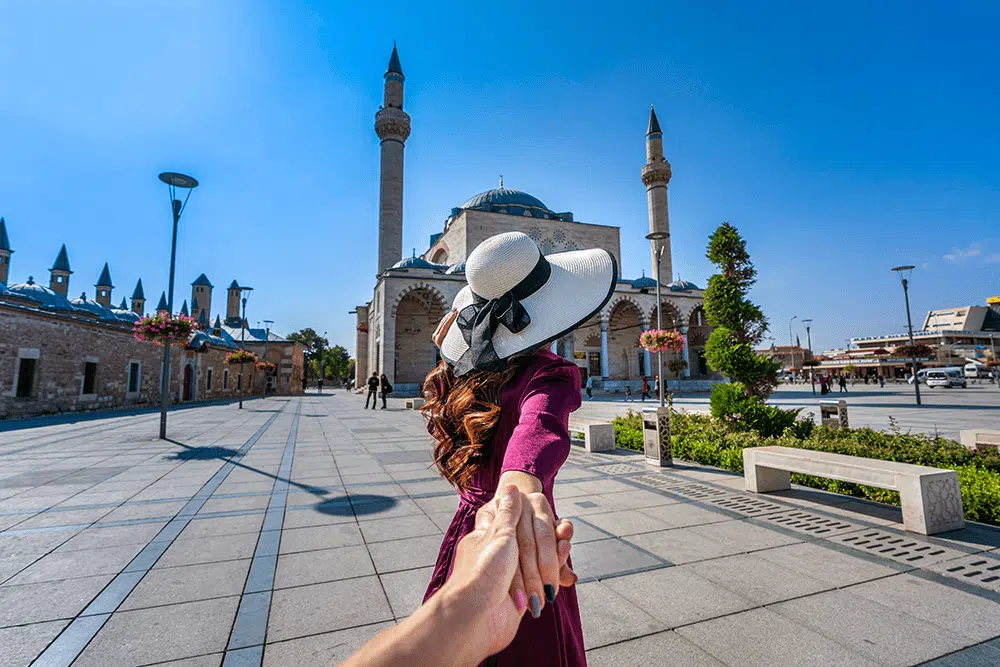
Frequently Asked Questions (FAQs)
How Much Is Asian Rhinoplasty?
Asian rhinoplasty is around 6000-1000 US dollars in the United States and European countries. In Turkey, the cost is around 3000-4000 US dollars. In Southeast Asian countries, the cost may be lower, but this comes at the expense of quality in many cases.
How Long Does Asian Rhinoplasty Last?
Asian rhinoplasty lasts between 2-3 hours, depending on the complexity of the procedure. Some surgeons may need more than 3 hours if the procedure is more complex and there are many things to adjust or fix in the nose.
What Is Different About Asian Rhinoplasty?
The different thing about Asian rhinoplasty is that it’s geared toward Asians who opt for nose augmentation to make the nose bridge look bigger. Caucasians, on the other hand, usually prefer reducing the size of the nose instead of making it bigger.
Why Do Asians Get Rhinoplasty?
Asians get rhinoplasty to enhance the shape of the nose and repair damaged or crooked noses. In addition, many of them seek nose augmentation to enlarge the nose and fix the bulbous tip.
Are Nose Jobs Always Successful?
Nose jobs are successful most of the time, but not always. Some people may need revisional surgery to correct unintended irregularities. According to some sources, 10-15% of people may actually need such surgery.
What Is the Most Common Surgery in Asia?
The most common surgery in Asia is blepharoplasty or eyelid surgery. Asian nose job is also very common in the region.
Read more: Otoplasty in Turkey
